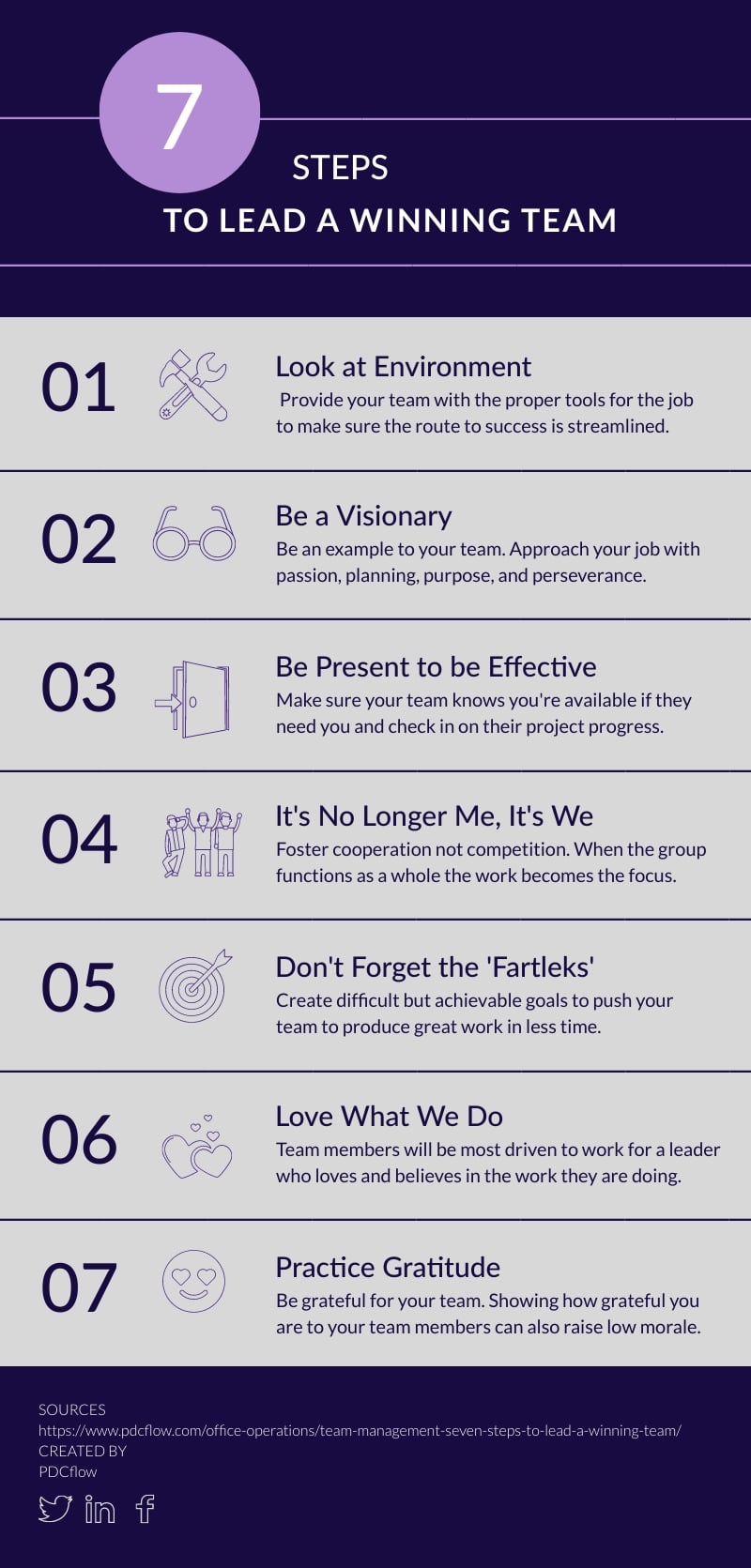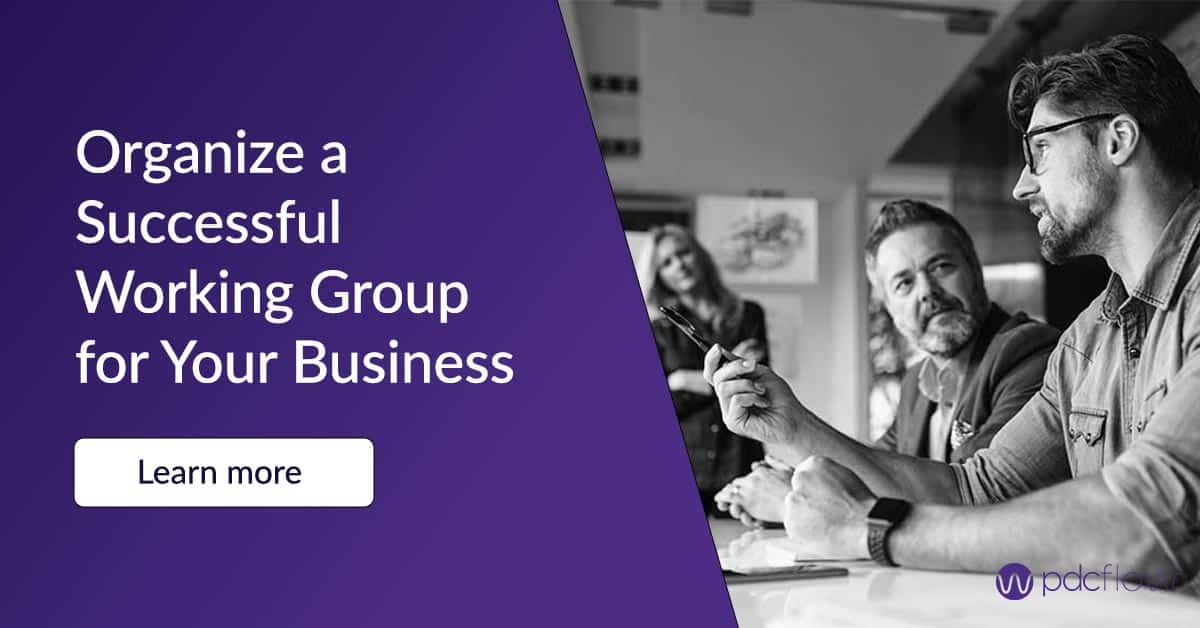Effective team management transforms your office. It can create an environment where a multigenerational workforce comes together to make a winning team. But managing different generations in the workplace isn’t always easy.
A good manager must take into account the backgrounds and experiences each employee brings to their work — experiences that change with every generation.
5 Generations in the Workplace
Traditionalists: born between 1900 - 1945
Baby Boomers: born between 1946-1964
Generation X: born between 1965-1980
Millennials: born between 1981-1996
Generation Z: born between 1997-2012
Diversity in Generations: Influences and Experiences
One challenge of a multigenerational workforce is the diversity of backgrounds and preferences that can lead to opposing opinions and expectations.
Without understanding this variation, managing different generations in the workplace will be difficult.
Traditionalists (1900 - 1945)
This generation experienced WWII, The Great Depression, the Korean War and the beginning of the space age. They grew up in hard times, followed by prosperous times. Can be considered the original recyclers.
Baby Boomers (1946-1964)
This generation experienced the Vietnam War, civil rights, the assassination of JFK, the cold war, moon landing, and Watergate. Was brought up to pursue the American Dream, resulting in appearing materialistic and ambitious. The events they grew up with taught them to often question authority.
Generation X (1965 - 1980)
This generation was influenced by the fall of the Berlin Wall, increased divorce rate, MTV, and latchkey kids. This generation can be viewed as America’s neglected middle child. The American dream is almost out of reach, and this is the first generation not as financially secure as their parents.
Millennials (1981 - 1996)
This generation grew up influenced by digital media, AIDS, 9/11, school shootings and terrorist attacks. Many of this generation have divorced parents. They are often sheltered, were the first children to have schedules, and remain on parent’s insurance into adulthood.
Gen Z (1997 - 2012)
This is the first generation of digital natives, who have grown up in a world of smartphones and social media. The influential events that have impacted this generation include the Great Recession, COVID-19, and climate change.
Using a structured approach to gathering insights from diverse generational perspectives streamlines planning and decision-making processes in managing multi-generational teams.
You can organize ideas with fishbone diagram tools. These diagrams provide clarity by categorizing potential influences (such as generational experiences or expectations), making it simpler to create team management strategies.
Managing Different Generations in the Workplace
Because each generation has experienced a different world, they respond differently to recognition and feedback styles in the workplace. Good managers should make an effort to cater to the work styles each employee prefers.
Traditionalists: This older generation assumes “no news is good news,” are simply satisfied by a job well done, prefer personalized communication and subtle, private recognition.
Baby Boomers: The baby boomer generation responds well to public recognition and prestige. This means job titles and incentives such as parking spaces or offices. They enjoy feedback, but like it to be constructive with documentation included.
Generation X: Gen Xers like regular constructive feedback and will request it. They prefer informal, rapid communication and public recognition. However, they are less dependent on awards to be incentivized.
Millennials: This generation enjoys regular feedback and recognition from management. They prefer informal communication through company chat or social networks. They want clear goals, supervision, and team structure.
Gen Z: This younger generation are comfortable communicating and interacting digitally. This generation appreciates open dialogue and understanding the purpose behind their work. They thrive on coaching and prefer supportive leadership styles.
Challenges of a Multigenerational Workforce
Despite generational gaps in some instances, all team members appreciate performance incentives in one form or another. After all, multigenerational workforce management shouldn’t always hinge on discipline.
It can be challenging to offer rewards, incentives, and activities that appeal to a wide variety of ages and backgrounds. Make sure the perks you offer are useful to everyone you manage, or offer several options to cater to everyone.
Here are some of the benefits, incentives and activities that motivate the five generations in the workplace.
Incentives and Bonuses
Traditionalists: This generation is interested in benefits such as health club memberships, flexible schedules, promotions and longevity bonuses as rewards.
Baby Boomers: Prefer monetary incentives such as year-end or attendance bonuses and cash prizes for efforts. Specialized job titles and authority positions are also effective.
Generation X: For Gen Xers, offer traditional benefits such as insurance, retirement, PTO, and tuition reimbursement. They also enjoy company or family picnics, prizes they can share with their families, and other experience-based rewards.
Millennials: This group enjoys non-traditional rewards such as paid leave for volunteer work, health and wellness programs, and programs to help cross-train or certify employees. Millennials prefer clear goals and objectives. They also like health plan options, profit sharing and flexible schedules.
Gen Z: Gen Zers value traditional well-being benefits in the workplace, like healthcare, paid time off, good work-life balance, and mental health resources. They also appreciate professional development opportunities.
Incentives for a Multigenerational Workforce
Some incentives work for every employee no matter what generation they are from. Here are a few ideas:
- Paid Time Off
- Office Currency - Distribute fake money employees can spend on the prize of their choice, so they can motivate themselves based on the prize/goal of their choosing.
- Prize Wheels - This incentive builds excitement and adds a fun element to the prize drawing process.
- Manager for a Day - Allowing an employee the learning opportunity to act as manager for the day provides a fun, lighthearted activity that also works to cross-train. This is a great way to begin preparing staff for more responsibility and allow them to test out different departments within the office to decide what may be the best fit for them.
- Career Development Plan - work with your employees to understand their career development goals and to create a comprehensive plan that outlines how they will meet their end goal.
Contests
Contests often help to break up the day or create more energy in call centers, on sales floors, or in the office. Here are some ideas:
- Goal Setting for Paid Time Off - One of the most effective incentives for all generations on your team. Run a contest setting goals for the group to achieve by the end of a certain period of time. Reward them with leaving as soon as they hit the goal, or by giving an extra paid day off around the holidays.
- Musical Chairs Reward - Place a prize and an alarm clock (set to a time of your choosing) in a box. Place it on an employee’s desk. Any time an employee reaches a goal you’ve set, they get the box. Whoever has the box when the alarm goes off wins the prize inside.
- Lunch Out... with a Twist -Split the staff into two teams and provide them a goal. If both teams meet their goals, they both win lunch out. The twist? The team with a higher score gets to order lunch for the losing team!
- Texas Hold 'em - Distribute a playing card to employees as they reach a specific goal. Those with at least two cards after the set time period can participate in a hand of Texas hold ‘em. The more cards they collect, the better chances they have of winning the hand.
PDCflow eSignature Software for Teams
Managers can support a multigenerational workforce through tools that are easy to use for workers of all age groups, essential to office productivity, and affordable for the organization.
How PDCflow software facilitates team collaboration for esignatures and payments:
Automatic Notifications: Individuals OR groups can sign up to be automatically notified as your esignature requests are opened, signed, completed, etc. That way, everyone is on the same page.
No charge per-user: No need to make a single employee the keeper of information for a whole team. When you don’t have to pay extra for logins, everyone can access what they need, streamlining tasks at no extra cost.
Admin controls: Not every employee needs access to every document, template, or report your company uses. Admin controls make it easy to manage access by group, department, or location.
Do you want to capture esignatures, send documents, or receive photo and file uploads via email or SMS?
Check out how PDCflow can speed up your work and scale with you as you grow. Sign up for a demo today.






